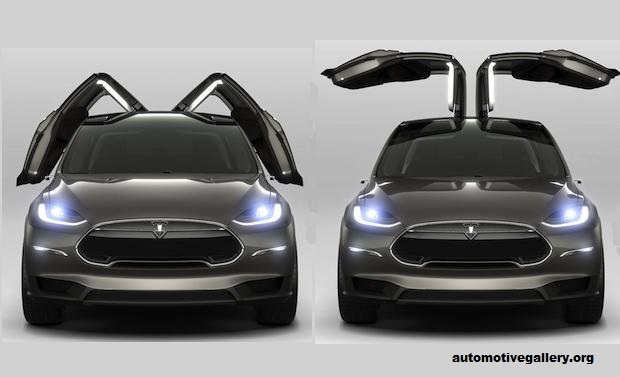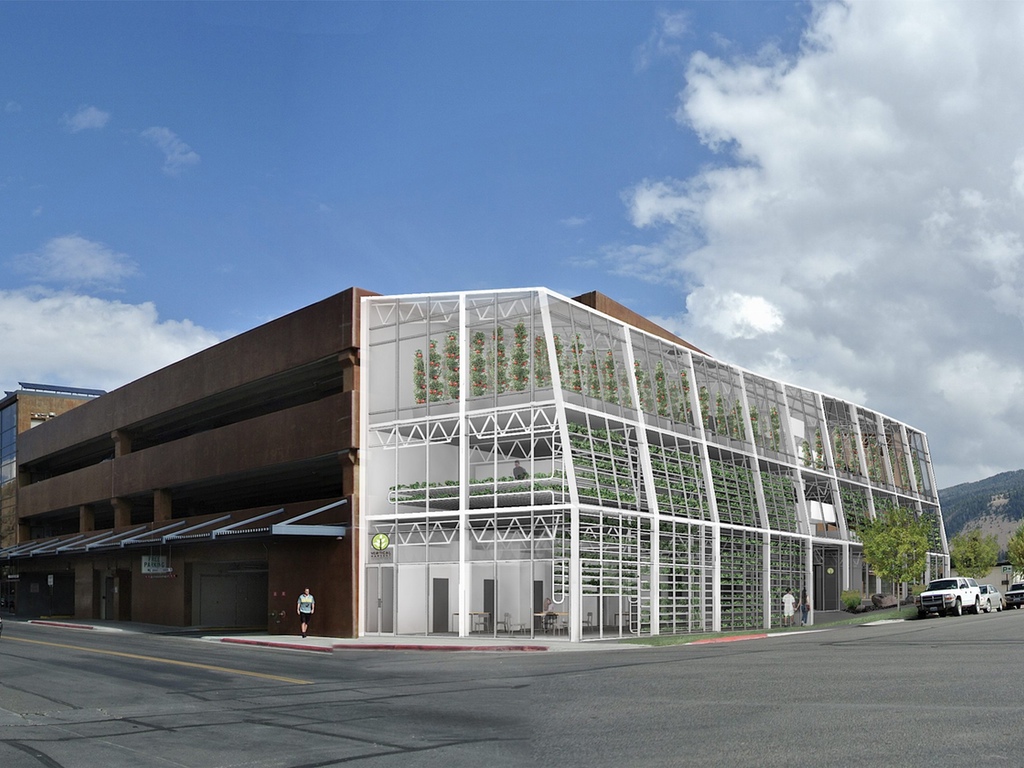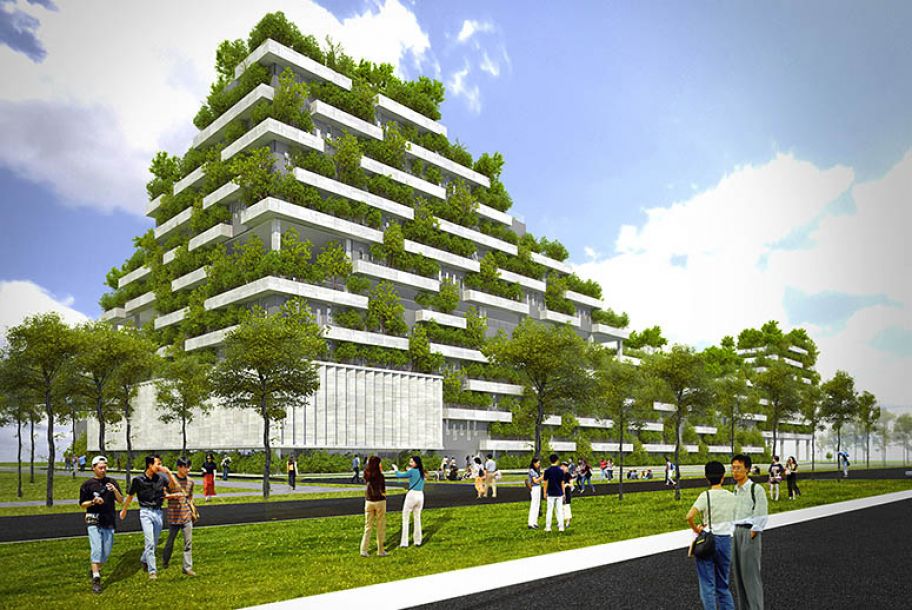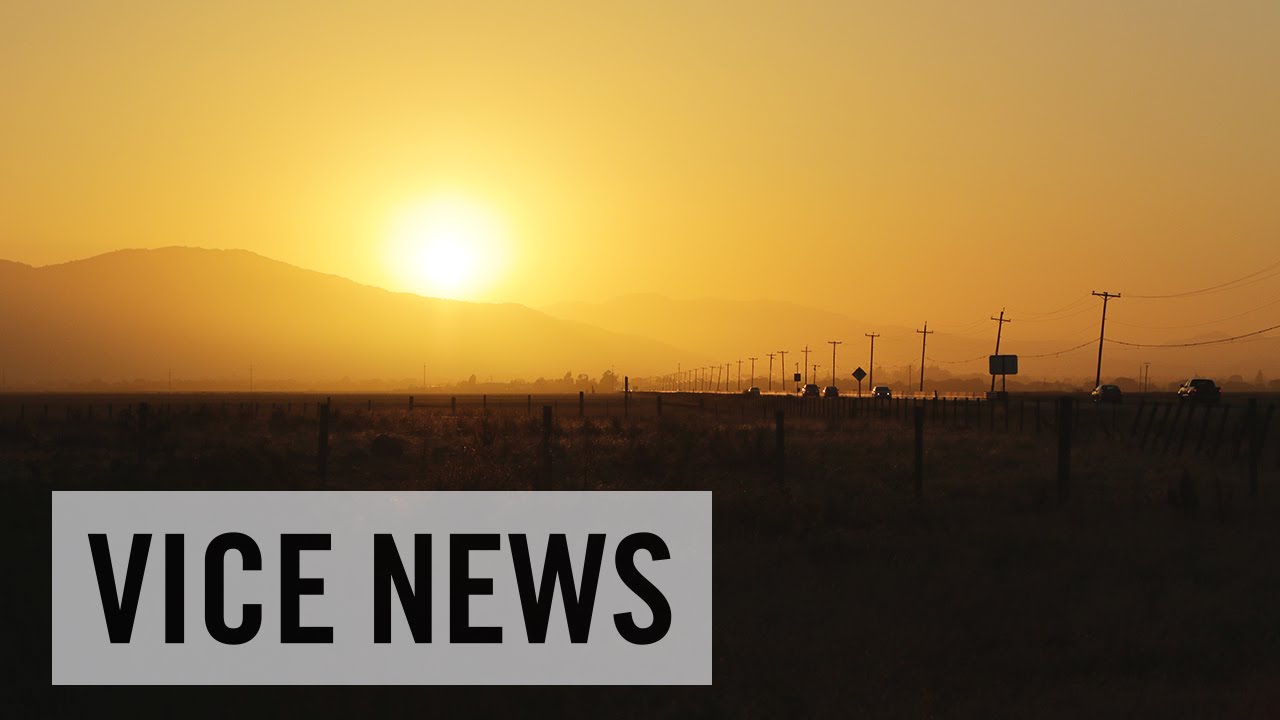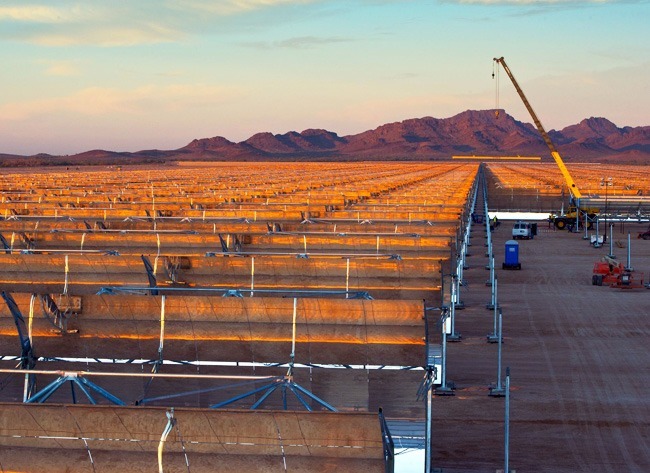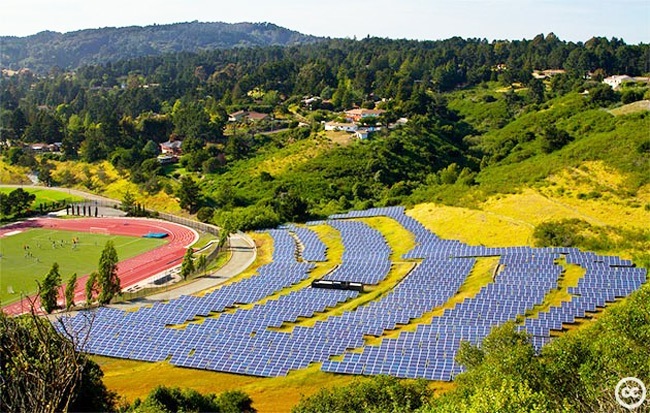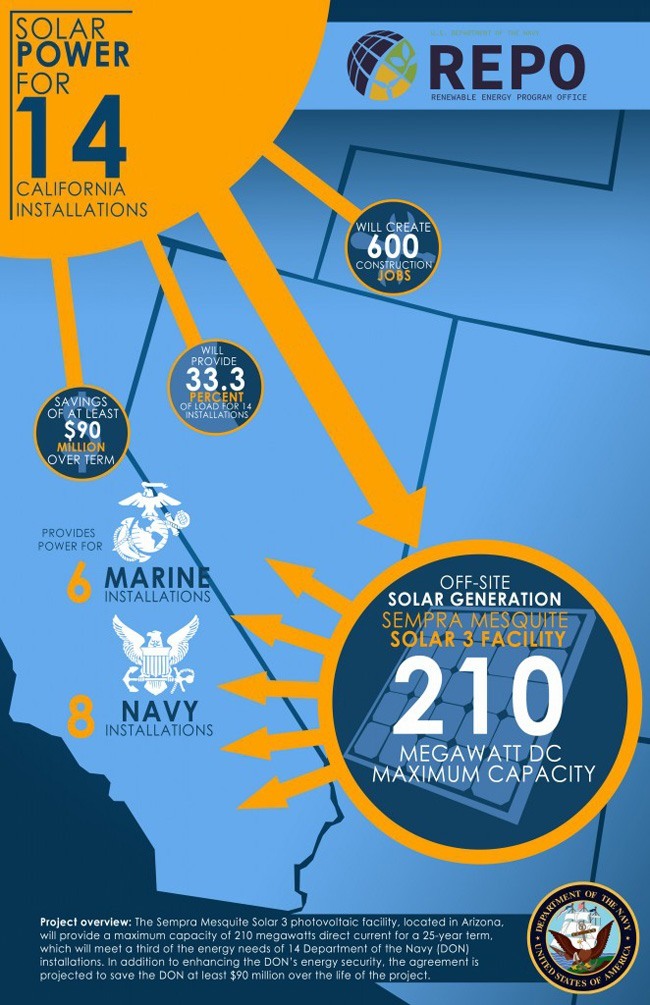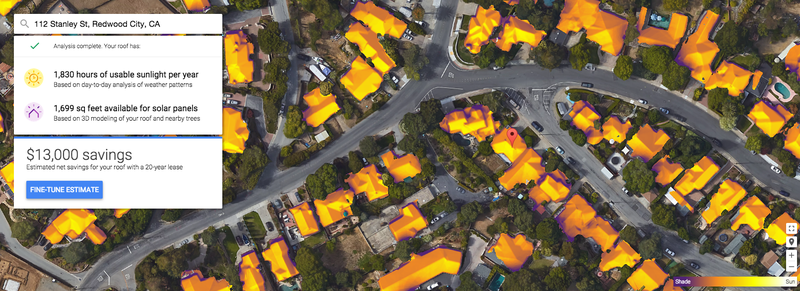At an event outside its Fremont, California factory later today, Tesla will at long last deliver its first batch of production Model X crossovers to early pre-order customers. This has been a hell of a journey: the vehicle has been kicking around in concept form for practically as long as the Model S sedan has been on the road, and was originally supposed to launch in 2013 – but challenges with design and manufacturing have pushed it way, way out. (Considering that the order waitlist is into next year, that doesn’t seem to have had much effect on demand.)
As with the Model S before it, very early buyers of the Model X are getting a Signature Edition, which is pre-specced with almost every option. (It’s not unusual for automakers to do a run of similar or identical cars when a new model comes out, which lets dealers stock a standard show car and gives the factory some runway to iron out production kinks.) Needless to say, the Signature Editions are sold out, and buyers are paying a premium for the privilege: more than $130,000, which puts this car in the upper echelon of Model S pricing. Full pricing information won’t be revealed until tonight, but considering the more complex mechanisms in the car, it’s almost certain that you’ll be able to spend more on this than you can on a fully loaded S.
So as you get ready for Tesla to unveil a new car – something that only happens once every few years – here are some interesting facts to consider.
A car this big shouldn’t be able to move this quickly
It is, in many ways, just a bigger Model S. The similarities between the S and X go well beyond the strong familial resemblance. Remember the launch of the dual-motor Model S last year, Tesla’s first all-wheel-drive vehicle? That powertrain was already being developed for the Model X, which made it easy for engineers to bolt it onto the sedan, too. The result is one of the quickest sedans in the world – and a car that is far more appropriate for winter climates than the original rear-wheel-drive version.
It will have three proper rows of seating. For families, this is likely to be a big deal. The Model S can be optioned with a sort of vestigial rear-facing seat in the trunk area, but it’s definitely not the sort of thing you’d want to have to use on a regular basis. If you’ve got five or more people in your posse, the X is going to be a more comfortable option than the S could ever be.
It’s still ridiculously (ludicrously?) quick. The X uses a version of the dual-motor powertrain from the Model S, which means it’s able to bend light almost as effectively – it’s only a little slower because it’s a bigger, heavier car. With the Ludicrous Mode option, the Model X will sprint from 0 to 60 mph in an estimated 3.2 seconds. That’s the same as a $151,000 Porsche 911 Turbo. It is liable to terrify your dog, your children, their friends, and whatever else you’re hauling to the Little League game.
It has less range than the Model S, but not way less. According to preliminary EPA numbers, the Performance version only gives up 3 miles of range against its Model S equivalent; the non-Performance version gives up 13 miles. Regardless of configuration, you’re getting at least 250 claimed miles of range with a 90kWh battery pack. Combine that with Superchargers, home charging, and the occasional Level 2 charge around town, and that should be just as livable as the Model S.
It will have the craziest doors of any family car ever put into production (and it’s not even close). One of the Model X’s defining features is its “falcon wing doors,” which allow enormous openings into the second row of seats – convenient if you have to throw a big Ikea box back there, or a child seat. They’re also hinged so they can be opened inside a garage without hitting the walls. They are nuts, and they made it to the production version of the car, which is doubly nuts. This is the kind of feature that typically falls by the wayside as engineers make the transition from concept to reality.
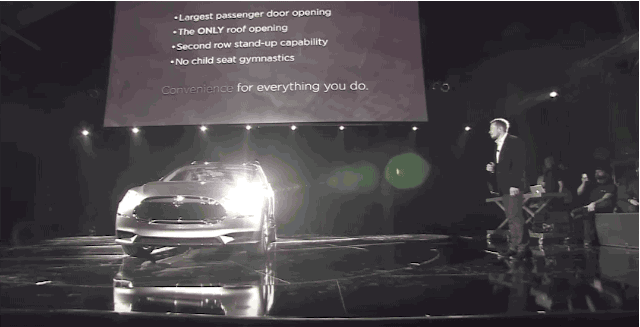
This is the last extremely expensive car Tesla will be launching for a while. Next on Elon Musk’s agenda is the Model 3, a vehicle more important than the S and X combined. Why? It’s easy to forget that both of Tesla’s current models are very, very expensive cars – the overwhelming majority of car owners can only dream of owning something this pricey. The 3 is expected to be a mass-market vehicle that will deliver long, practical range for around $35,000. If Musk can deliver on the promise and make enough of them, they’ll sell far better than the S and X can ever hope to.
The event kicks off at 8PM PT / 11PM ET this evening – including a livestream – and we’ll have all the news for you.

